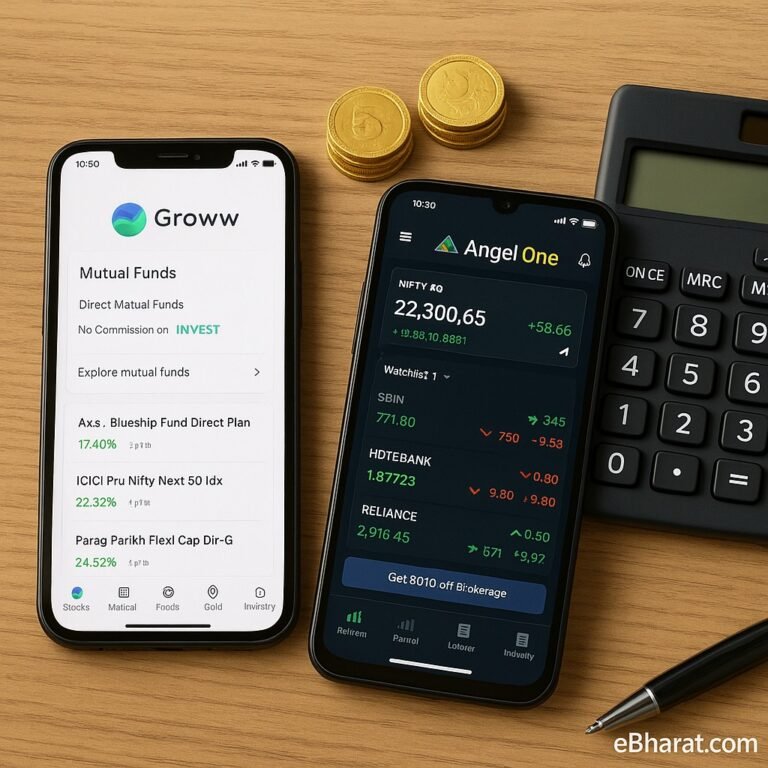
Pledging shares allows you to use your existing holdings as collateral for margin. Instead of selling your stocks, you can pledge them with your broker to get margin for trading in F&O, intraday equity, or to cover shortfalls.
While pledging can unlock capital, it also comes with charges, interest, and risks of liquidation if markets fall. Let’s break it down clearly.
What is Pledging of Shares?
- Pledging = Using shares in your Demat account as collateral with your broker.
- In return, you get margin that can be used for:
- Intraday trading in stocks.
- F&O trades (options buying/selling, futures).
- Covering margin shortfalls.
- Shares remain in your Demat, but a lien is marked by the depository (NSDL/CDSL).
Example: If you hold ₹2,00,000 worth of Reliance shares, you can pledge them and get ~₹1,40,000 margin (after haircut).
How Much Margin Do You Get?
Brokers apply a “haircut” on pledged shares (to account for volatility).
| Stock/ETF Type | Haircut % | Margin Availability |
|---|---|---|
| Blue-chip stocks (Reliance, HDFC Bank) | ~30% | 70% of holding value |
| ETFs (NiftyBees, BankBees) | ~15% | 85% of holding value |
| Midcap/volatile stocks | 40–50% | 50–60% of holding value |
Rule: SEBI allows up to 50% margin from pledged securities, rest must be cash/approved collateral.
Charges & Costs
- Pledging charge: ₹30–₹50 per ISIN (per pledge/unpledge request).
- Interest: Some brokers charge interest if you use pledged margin for cash settlement.
- GST & other fees apply.
Risks of Pledging
While pledging gives margin, it comes with risks:
Risks to Know
| Market Risk | If stock prices fall, margin reduces, leading to margin calls or liquidation. |
| Forced Liquidation | Broker can sell your holdings if you fail to maintain margin. |
| High Haircuts | Midcaps/penny stocks give very low margin, making pledging inefficient. |
| Cost Burden | Pledging charges + GST + interest can eat into profits. |
Pros
- Unlocks value of idle holdings.
- No need to sell stocks for liquidity.
- Useful for F&O and intraday traders.
- Quick process (online pledging via CDSL/NSDL).
Cons
- Margin shortfall = forced selling by broker.
- Pledging charges + GST apply.
- High volatility can reduce margin suddenly.
- Not useful for long-term passive investors.
Step-by-Step: How to Pledge Shares
- Log in to your broker app/web.
- Select Holdings → Pledge for Margin.
- Choose stocks/ETFs to pledge.
- Approve request via CDSL/NSDL OTP.
- Margin gets credited (T+0 or T+1).
You can unpledge anytime, but charges apply again.
Pledging is a powerful tool for active traders, unlocking margin without selling holdings. But it comes with risks of margin calls, forced liquidation, and extra costs.
If you’re a long-term investor, pledging may not be necessary. But if you’re into F&O or intraday trading, pledging can give you the leverage you need — provided you manage risks smartly.
Use Your Holdings Smarter
Compare pledging charges and margin facilities across top brokers — or read our detailed reviews.













